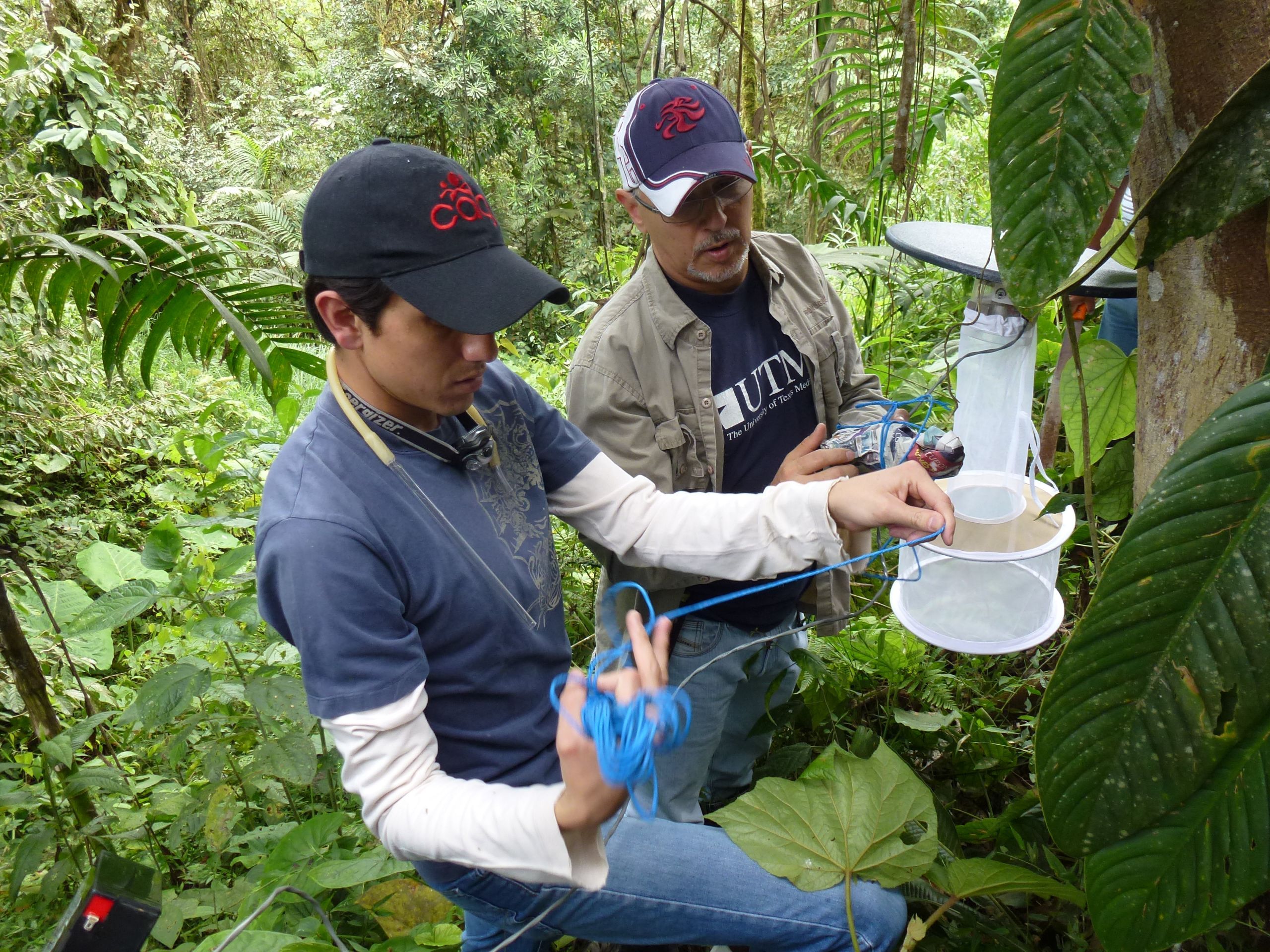Ten farmers in the municipality of Guanarito, in southeast Portuguesa state, had died of an unknown virus. At first, it was thought that it was dengue fever because of an outbreak and because it produced high fevers and muscle pain. But afterward, migraines, vomiting, convulsions, and violent hemorrhages also developed. It seemed like it was Ebola. The illness killed the infected within one week. There was nothing similar to it within Venezuela. It was something new. The farmers didn’t know how it was transmitted. No one could protect themselves.
It was 1989. The Laboratorio de Virus Animales del Instituto Venezolano de Investigaciones Científicas (IVIC) and the Instituto Nacional de Higiene (INH) monitored the emergence of pathogens to prevent epidemics. It was part of an epidemiological surveillance system in Venezuela. Out of the dengue samples that arrived at the INH, many tested negative. The IVIC laboratory sent Juan Carlos Navarro, a biologist who had recently been admitted to the Universidad Central de Venezuela, to pick up the samples. He had to find out what people were dying of.
Juan Carlos and Humberto Montañez, a laboratory technician, arrived at the outbreak zone via an old truck from the Escuela de Malariología del Ministerio de Sanidad. They identified the sick and asked community members questions in order to better understand the symptoms and the progression of the possible virus. Afterward, they asked about their everyday routines, workplaces, food intake, water sources, trips, and any other information that could reveal possible links among the cases. The common points could lead to the origin of the virus, but besides all of them living within the same area, there were no common links.
The farmers were scared. The hemorrhages caused the people who were sick to bleed out. One man got sick while out in the countryside, went back home, and transmitted the virus to his wife, farmers told Juan Carlos. Both died. Juan Carlos was worried. Could it be that the virus is transmitted between humans, but, how? Saliva, secretions, sexual transmission? And where did it come from? How did it develop?
To continue reading in Spanish, please click here.
